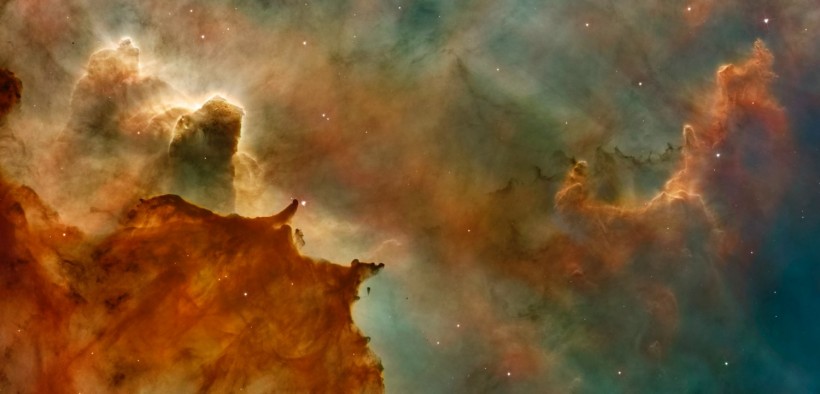The Cyprus Space Exploration Organization and other agencies participate in the biggest astronomical event of the last 30 years. The event was open to the public and broadcasted the first pictures from the James Webb Space Telescope (JWST). The event took place in CSEO Discovery Alpha on Tuesday.

Nebula
Cyprus Joins other Agencies in the James Webb Space Telescope Broadcast
"It is a great honor for Cyprus, the fact that NASA has chosen the Cyprus Space Agency along with other organizations worldwide, to simulcast the long-awaited first pictures from the James Webb Space Telescope (JWST)," Danos said.
Giorgos Danos, president of CSEO, told the Cyprus News Agency that the first images are expected to address some of the most important existential concerns. Yet, it also expanded the field's potential for research and discovery.
Chairman of the CSEO Board Marcello Corandini stated that although Cyprus is small in size, its potential for space exploration is immense. He said that the confidence of the major organizations, including NASA, only proved that CSEO's performance was recognized and respected on a global scale.
ALSO READ: NASA James Webb Space Telescope Starts To Cool Down While Aligning Mirror
James Webb Space Telescope Specifications and Details on the First Image
On July 11, President Joe Biden revealed the first image captured by the James Webb Space Telescope. It was a high-resolution full-colored image of galaxy cluster SMACS 0723, known as Webb's First Deep Field. It is seen with a large number of additional galaxies in front of and behind it as it would appear 4.6 billion years ago.
The event occurred in the South Court Auditorium in the Eisenhower Executive Office Building on the White House complex in Washington. The unveiling was posted on NASA's website.
With the help of Webb's MIRI, the images projected show a kaleidoscope of hues and highlights where dust is the key component of star formation. Stars were present in blue galaxies with minimal dust. The red object captured were enveloped with thick layers of dust. Green galaxies were also captured, which were populated with hydrocarbons.
On the other hand, Webb's NIRCam produced sharp-focused images of the distant galaxies. These galaxies contain tiny, weak structures, such as star clusters that have never been observed before.
JWST also uses spectra in two instruments, NIRSpec, and NIRISS, in addition to taking images. Spectra is data that shows the physical and chemical properties of the objects in space. The data obtained helped the researchers to identify more details on distant galaxies.
The Near-Infrared Spectrograph (NIRSpec) micro shutter array observed 48 galaxies simultaneously and returned a comprehensive set of information for each galaxy. NIRSpec data also show the level of detail galaxy spectra will have with Webb observations.
Wide-Field Slitless Spectroscopy was used in Near-Infrared Imager and Slitless Spectrograph (NIRISS) to capture the spectra of every object in the complete field of vision. The findings showed that one of the galaxies has a mirror image.
NASA continues to update the public with new images captured by the telescope, such as the Stephan's Quintet, a cosmic cliff in the Carina Nebula, and the Southern Ring planetary nebula.














